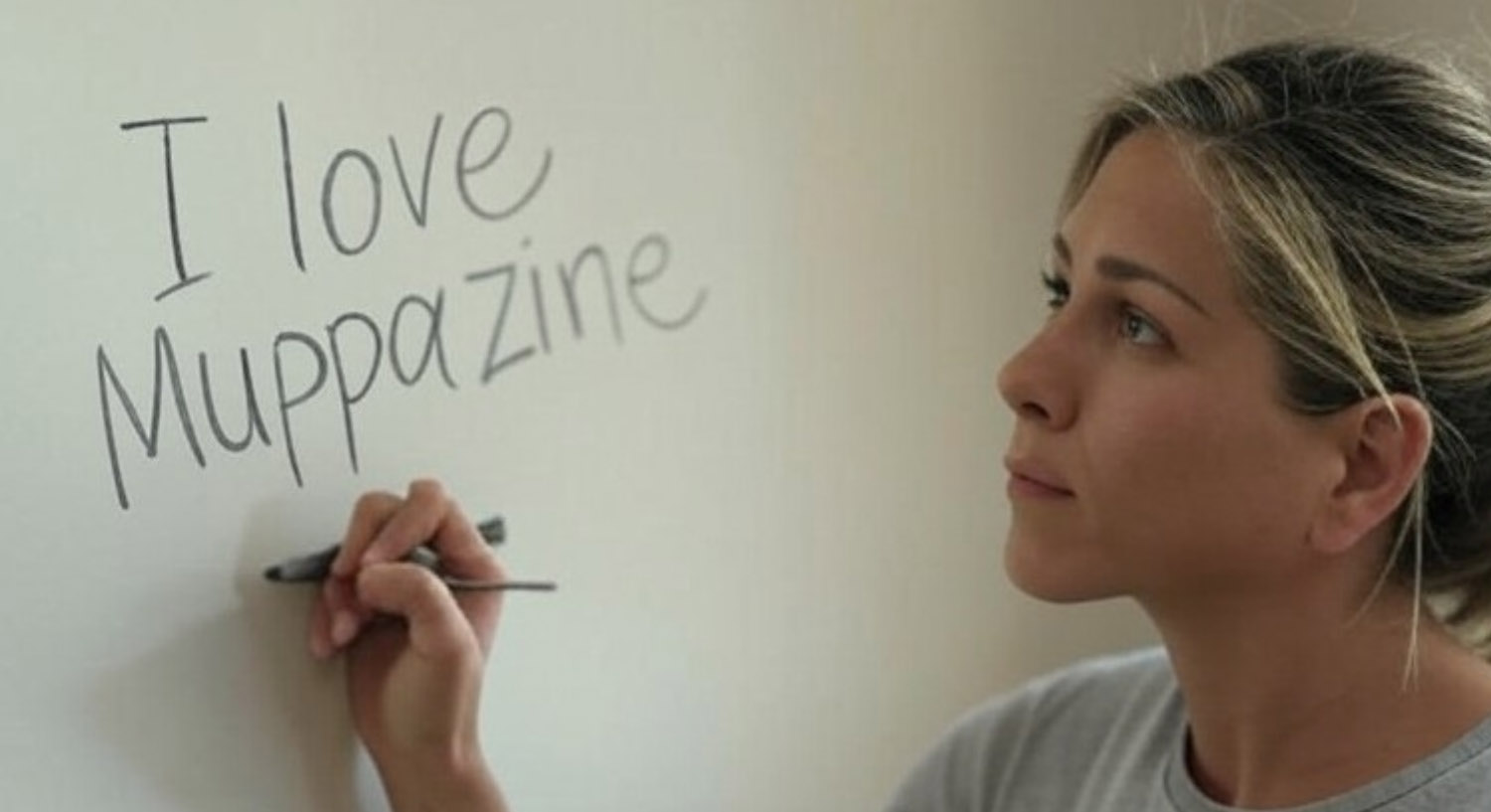
An image which may or may not be related to the article. FREEPIK
AI-Powered Lies: Can Deepfakes Be Stopped Before They Ruin Trust?
Summary:
We live in an era where seeing is no longer believing. Deepfake technology—once a dystopian fantasy—has become a terrifying reality, blurring the lines between truth and fiction with surgical precision. Politicians delivering speeches they never gave. Celebrities appearing in films they never acted in. Even your own face, stolen and manipulated to say things you never uttered. As AI-powered deception reaches disturbing new heights, the question isn’t whether deepfakes will be misused—but whether we can stop them before they shatter what’s left of public trust.
Deepfakes were once a parlor trick, a digital novelty that made people laugh at Nicolas Cage’s face appearing in every blockbuster movie imaginable. But the joke ended quickly. The technology became sharper, smarter, more insidious. And suddenly, we weren’t just playing with harmless gimmicks—we were watching reality itself slip through our fingers.
Now, the battlefield isn’t just the internet. It’s the very foundation of truth itself.
How Did We Get Here?
Once upon a time, video was sacred. A recording was hard evidence—proof that something happened, that someone said what they said. Then AI came along and rewrote the rules.
Deepfake technology relies on machine learning, feeding neural networks with thousands of hours of footage, training them to replicate facial expressions, speech patterns, even the subtle quirks that make a person unique. The result? A Frankenstein’s monster of digital deception—so convincing that even experts struggle to tell what’s real and what’s fiction.
And it’s not just faces. Voices can be cloned with frightening accuracy, text can be generated to mimic writing styles, entire fake personas can be built from scratch. The result is a world where identity itself is no longer sacred—where you can be framed for something you never did, or silenced in a way that makes it look like you agreed to it.
What was once science fiction is now a crisis.
The Real-World Threats
What happens when reality itself is up for debate? The consequences are already here, and they’re ugly.
- Political manipulation: Imagine a world leader declaring war in a speech they never gave. A fake endorsement swinging an election. A doctored video creating mass panic. In a world where everything can be faked, how do we know what’s real?
- Financial fraud: Deepfake scams are already conning companies out of millions. CEOs receiving urgent, realistic video calls from their “bosses,” ordering them to transfer funds. The stock market swayed by false information spread through lifelike AI-generated speeches.
- Reputation destruction: Imagine waking up to find your face plastered on a viral video—saying, doing things you never did. The damage is instant, irreversible. Careers ruined, relationships destroyed, all thanks to a few lines of code.
- Cybercrime escalation: Blackmail, identity theft, phishing scams—deepfake technology is supercharging the dark underbelly of the internet, making old tricks more effective than ever.
This isn’t just theoretical paranoia. It’s happening now. And the scariest part? We’re barely scratching the surface of what’s possible.
Can We Stop the Deepfake Epidemic?
Like all powerful technologies, deepfakes aren’t inherently evil. They have legitimate uses—Hollywood uses AI to de-age actors, historians recreate lost voices, accessibility tools generate speech for those who’ve lost their ability to speak. But when a tool this powerful is in the wrong hands, the damage is incalculable.
So how do we fight back?
- AI vs. AI: The best way to detect deepfakes is with more AI. Researchers are developing algorithms that can spot the subtle “tells” in deepfake videos—eye blinks that don’t sync naturally, microexpressions that seem off, unnatural breathing patterns. But the problem? Deepfake tech is evolving just as fast. It’s an arms race, and for every detection tool we build, there’s an improvement in deception.
- Legislation and regulation: Governments are scrambling to contain the problem, passing laws that criminalize malicious deepfakes. China has already taken steps to ban unauthorized AI-generated content, and the EU is working on legal frameworks to hold creators accountable. But laws are slow, and the internet moves fast.
- Public awareness: The best defense? Skepticism. If we can teach people to question what they see, to verify sources, to be aware that deception is easier than ever, we stand a chance. But how do you convince a world raised on visual proof that what they’re seeing is a lie?
The problem is vast, and the solutions are patchwork at best. The uncomfortable truth? We may never fully stop deepfakes.
The Future of Trust
So where does this all end? Are we headed for a future where reality is permanently fractured, where we no longer believe our own eyes? Maybe.
But history tells us that every major technological disruption comes with chaos before adaptation. Misinformation has always existed—propaganda, forged documents, photos doctored in darkrooms long before Photoshop made it easy. The difference now is scale. Speed. And the terrifying ease with which anyone, anywhere, can create a deepfake with nothing more than a laptop and a few hours of training data.
The fight for truth isn’t over. But the battlefield has changed. And in a world where anything can be faked, our ability to question, analyze, and think critically might just be the last real thing we have left.
As I close my laptop, watching yet another eerily convincing deepfake circulate online, I wonder: are we witnessing the end of truth itself? Or just another turning point in humanity’s endless battle between deception and reality?
One thing’s for sure—this war is just beginning.
 muppazine
muppazine